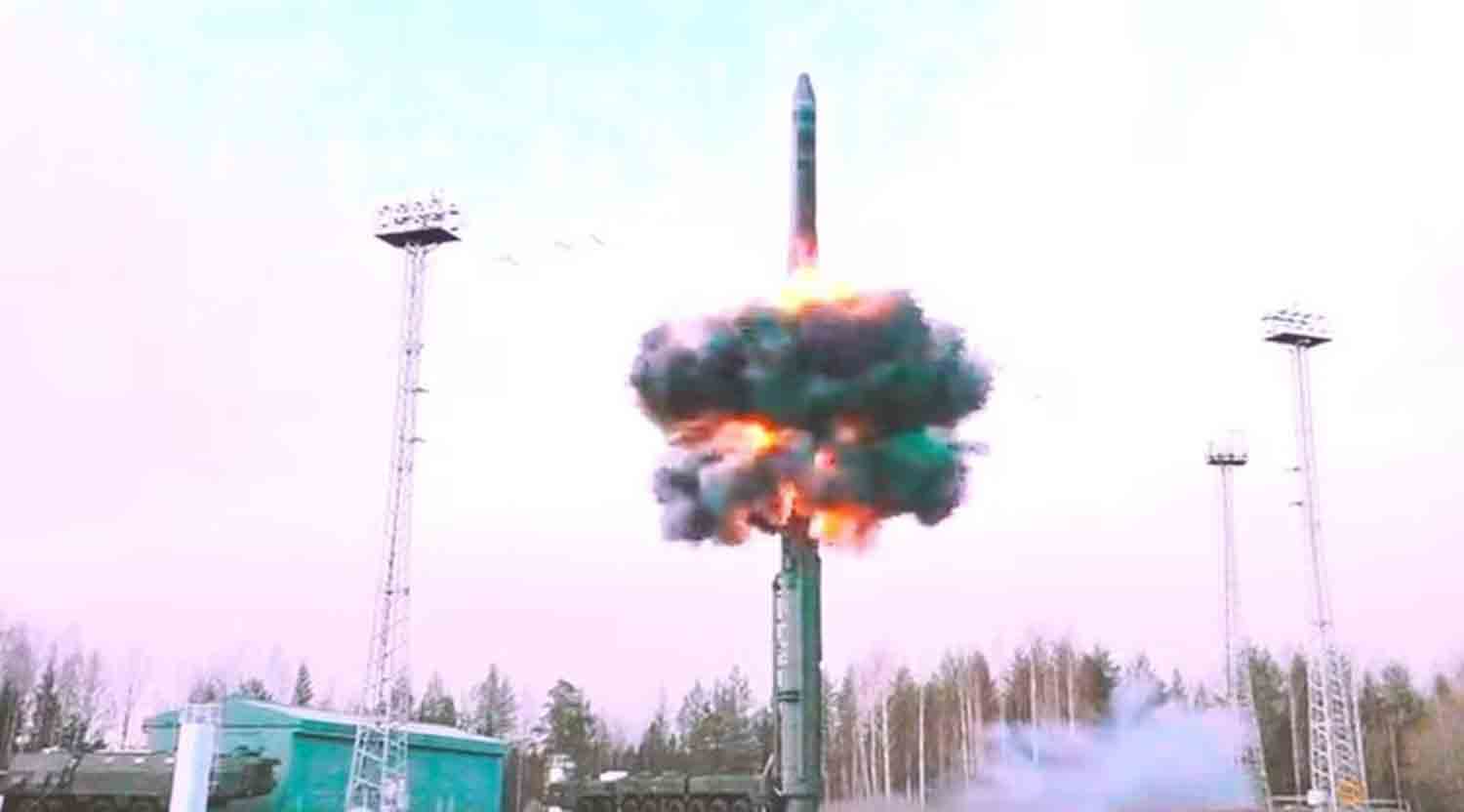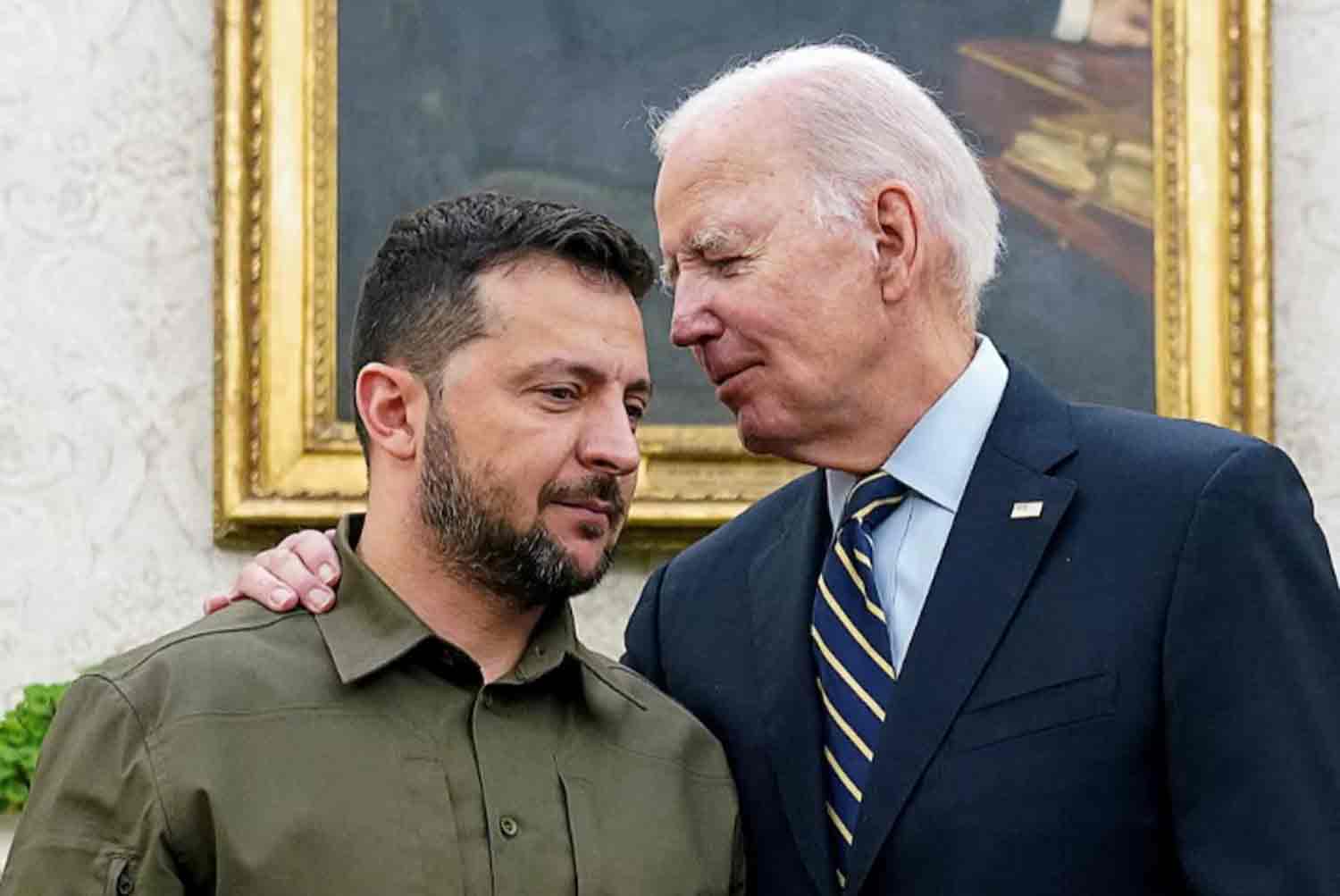Satellite imagery reveals significant developments at five facilities in Russia known for manufacturing solid-fuel missile engines, suggesting that the Kremlin intends to substantially increase missile production amid its ongoing conflict in Ukraine, according to a European researcher.
Fabian Hinz, a researcher based in Berlin at the International Institute for Strategic Studies (IISS), a prominent global security think tank, pinpointed these complexes by analyzing Russian media reports and declassified CIA documents from the Cold War that detailed locations where the Soviet Union produced solid-fuel missile engines.
The identified sites are located in the Altai Republic in Siberia, Rostov in southern Russia, as well as areas near Moscow and St. Petersburg, and in Perm, situated in western Russia.
Satellite images captured by Maxar Technologies in July, September, and October, which were examined by Reuters, depict cleared land and extensive new construction adjacent to buildings recognized by Hinz as solid-fuel research and production facilities at these five complexes. Following the onset of the Ukraine invasion in 2022, Russian President Vladimir Putin has mandated increased funding to enhance defense production capabilities.
“Satellite imagery indicates that the production capacity for solid-propellant rocket motors seems to be a key focus of this initiative,” Hinz stated in his report published on Military Balance Plus, an IISS blog.
The Russian Ministry of Defense did not provide a response to a request for comment. The government under Putin plans to increase national defense spending next year to 6.3 percent of the gross domestic product, marking the highest level since the Cold War.
A spokesperson for the National Security Council refrained from confirming whether the United States was aware of the expansions but indicated that the U.S. would impose additional sanctions on Russian entities and financial institutions to limit their capacity to produce defense materials.
The U.S. Office of the Director of National Intelligence chose not to provide any comments.
According to U.S. officials, Hinz’s findings emerge as Russia has increasingly sought assistance from North Korea and Iran to replenish missile supplies that have been significantly reduced during the nearly three-year conflict.
As reported by Ukraine’s top general in August, Moscow’s forces have launched over 9,600 missiles since the onset of the war.
Increasing the production of solid-fuel missile motors could enable the Kremlin to satisfy wartime demands without relying on external suppliers like North Korea, whose missiles have often experienced failures, as noted by Ukrainian officials.
Solid propellants consist of a blend of fuel, such as aluminum powder, oxidizers like ammonium perchlorate, and a durable rubbery binder that is “cast” within a rocket motor.
Solid-fuel missiles are generally easier and safer to operate, particularly in combat situations, compared to liquid-fuel weapons. They are also quicker to launch, more cost-effective, have a longer shelf life, and require less logistical support.
ENGINES FOR SOLID-FUEL MISSILES
Pavel Podvig, a defense analyst based in Geneva, concurred after examining the images that the developments suggest Russia intends to increase its production of solid-fuel missiles, particularly for weaponry required in Ukraine, such as ground-to-ground rockets. Podvig, who specializes in Russian military affairs, noted that several of these facilities have historically been utilized for the production of solid fuel engines.
“The production of propellant necessitates its application. This strongly indicates an uptick in missile production,” he stated, emphasizing that he could find no other plausible explanation for the observed expansions.
Podvig expressed skepticism regarding any plans by Russia to enhance the production of solid-fuel missiles for its strategic nuclear capabilities, as their manufacturing rates are already “well established.”
In contrast, a senior Russian diplomat mentioned in May that Russia would need to augment its entire missile inventory due to its ongoing confrontation with the United States and its allies.
Hinz pointed out that the satellite imagery does not provide insights into the specific types of solid-fuel missile engines that Russia may be looking to increase production for.
Russia produces a wide array of solid-fuel missiles, including Grads and Uragans launched from mobile platforms, anti-tank rockets, advanced S-300 and S-400 air defense systems, as well as Iskander-M short-range ballistic missiles.
Moscow’s nuclear capabilities encompass solid-fuel intercontinental ballistic missiles, including the road-mobile Topol-M and the submarine-launched Bulava. Their deployment is limited until the expiration of New START, the last active arms control agreement between the U.S. and Russia, which is set to end in February 2026.
President Putin has pointed to U.S. support for Ukraine as a reason for rejecting negotiations with Washington regarding the replacement of New START, a matter that will challenge U.S. President-elect Donald Trump.
Trump has expressed his intention to establish peace in Ukraine, where Russian forces have been making advances in the eastern regions, even prior to his inauguration in January.
Hinz informed Reuters that any plans by the Kremlin to increase ballistic missile production may encounter significant obstacles. These challenges include how Russia will navigate Western sanctions and export controls to acquire advanced machinery, as well as whether it possesses the essential raw materials for solid fuel, such as ammonium perchlorate.
“Whether they have sufficient domestic sources or are procuring it from other locations is uncertain,” he remarked regarding the chemical used as an oxidizer.
Additionally, Russia is facing a shortage of skilled labor, as many younger workers have left the country to evade mobilization following Putin’s full-scale invasion. Others have been conscripted into the military, leading to a broader labor shortage across the Russian economy, according to Hinz.
Currently, unemployment in Russia is at historically low levels, exacerbated by military mobilization in 2022 and the emigration of hundreds of thousands since the onset of the invasion of Ukraine. Several government officials have identified labor shortages as a significant concern for the Russian economy, which has experienced notable growth this year, partly due to increased military production.
Discover more from Defence Talks | Defense News Hub, Military Updates, Security Insights
Subscribe to get the latest posts sent to your email.





